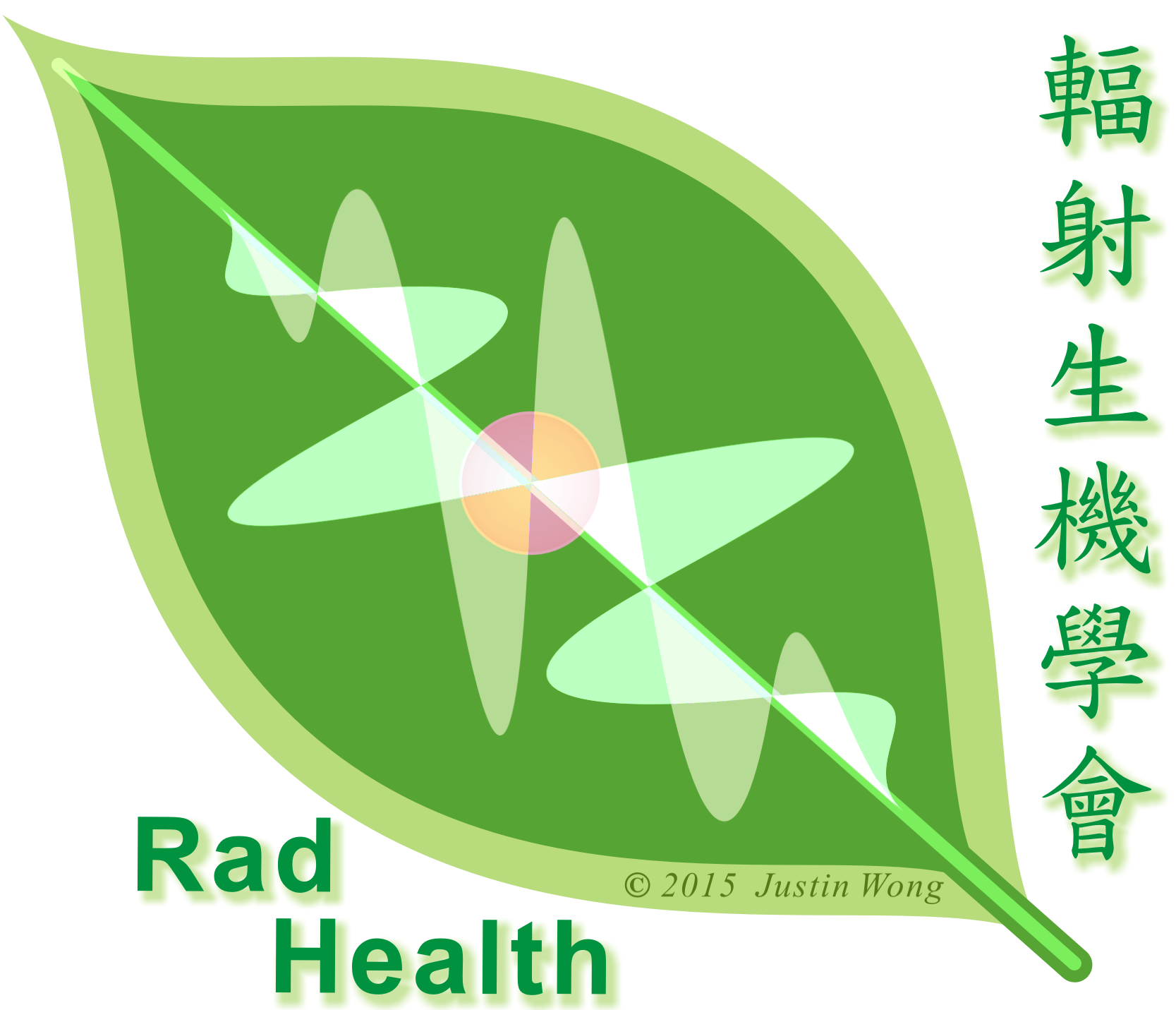Ionizing Radiation
Both ionizing and non-ionizing radiation can be harmful to organisms and produce changes to the environment. However, ionizing radiation is far more harmful to living organisms per unit of energy irradiated, since it knocks electrons off atoms and molecules in its path producing highly reactive free radicals. Inside living organisms, oxygen-centred free radicals such as superoxide, hydrogen peroxide, and hydroxyl radical harm cells by breaking chemical bonds within molecules, damaging the genetic structure, and increasing the risk of cancer.

How much ionizing radiation do we get?
Natural background radiation accounts for about 80-90% of total radiation we receive. Sources include the atmosphere, cosmic rays, the ground, buildings, food and drink. Artificial radiation comes from medical and dental procedures, air travel, nuclear power plants and nuclear weapons testing. The amount of ionizing radiation we get depends on where we live and also on our lifestyle. An individual who is a frequent flyer may get more radiation than his neighbour who is grounded most of the time.
For more details, please refer to the book Healing Tree – Nuclear Age Dilemma – Healing Lifestyle and Diet
Radon Gas
The earth crust contains trace amounts of uranium-238 and thorium-232. The decay processes of uranium and thorium series radioisotopes are accompanied by alpha, beta and gamma emissions. They decay to radon which has 2 main isotopes, Rn-222 and Rn-220, the latter being often referred to as thoron. Radon is a gas and water soluble. It seeps out from the ground and disperses into the atmosphere. High concentrations of radon can be found in some spring waters and hot springs. Some hot spring resorts in Japan even publicize their radium-rich springs that emit radon as an attraction to tourists!
Indoor radon is a major contributor of the ionizing radiation dose received by the general population. From outside, radon can enter dwellings through the lowest level in a building, cracks in foundation and flooring, loose utility pipings, and cavities inside walls. Internally, radon gas can emanate from building materials, and high concentrations can be found in buildings especially unventilated ones.
The high natural background in Hong Kong is attributed to the geological formation of granite rocks in the territory. Concrete blocks and brick manufacturing in Hong Kong uses granitic aggregates, coal fly ash and furnace bottom ash (slag) which contain radio- nuclides in the uranium and thorium series. Granite, an igneous rock coming in various colours, is often used in buildings, as counter tops, floor tiles, and paving stones. They emanate radon gas, contributing to the indoor radon hazard.
The World Health Organization (WHO) has proposed a Reference Level of 100 Bq/m3 to minimize health hazards due to indoor radon exposure. If this level cannot be attained under the prevailing country’s condition, the chosen reference level should not exceed 300 Bq/m3 which represents approximately 10 mSv per year based on calculations by the International Commission on Radiological Protection (WHO, 2009, 2010).
Radon gas decays to solid daughter products (Po, Bi, Pb) which are stronger alpha emitters than radon itself, and can attach to dust particles and water droplets. The most important route of exposure to radon and its decay products is inhalation, while a small amount can be swallowed into the body. The solid radon daughters deposit in the airways and emit alpha particles, irradiating the sensitive cells in lung tissue such as the basal cells of the bronchial epithelium.
Alpha emitters are among the most carcinogenic materials known. Radon has been ascribed as a major cause of lung cancer in the population in Hong Kong, only second to cigarette smoking.
Evidence shows that indoor radon causes lung cancer in the general population not only at high concentrations but also at concentrations below 200 Bq/m3, the current action level for homes in the United Kingdom.

As indoor radon poses health hazard and increases the risk of lung cancer (next to cigarette smoking).
Here are some tips to reduce the impact:
1. Increase ventilation and open windows.
2. Use air filter that can remove or reduce dust and suspended particles in indoor air.
3. Avoid cracking the walls with nails etc.
4. Apply adequate coating of walls with paint or wall paper to reduce radon emanation rate.
5. Refrain from smoking which can exacerbate radon hazard.
For more details, please refer to the book Healing Tree – Nuclear Age Dilemma – Healing Lifestyle and Diet
